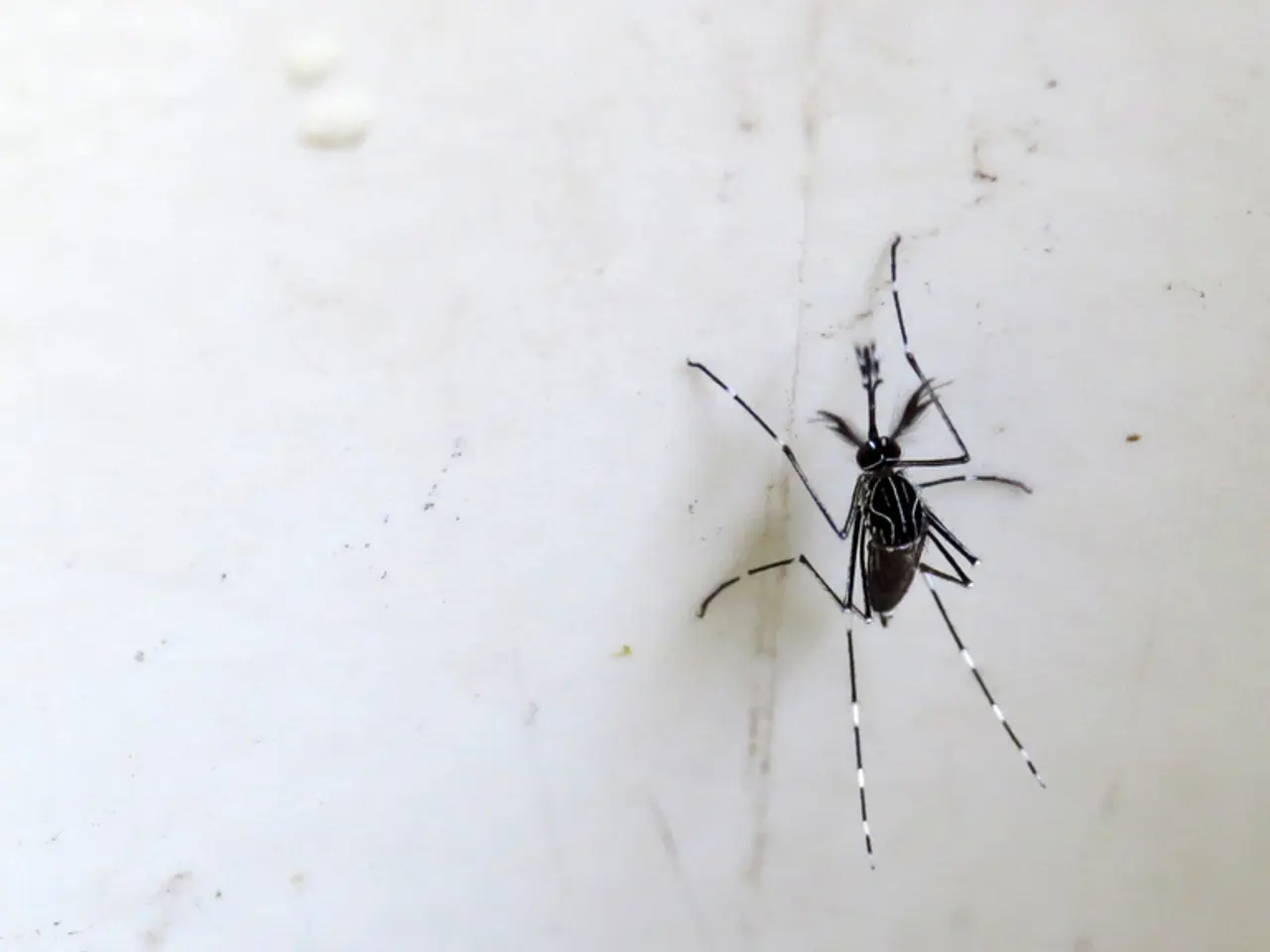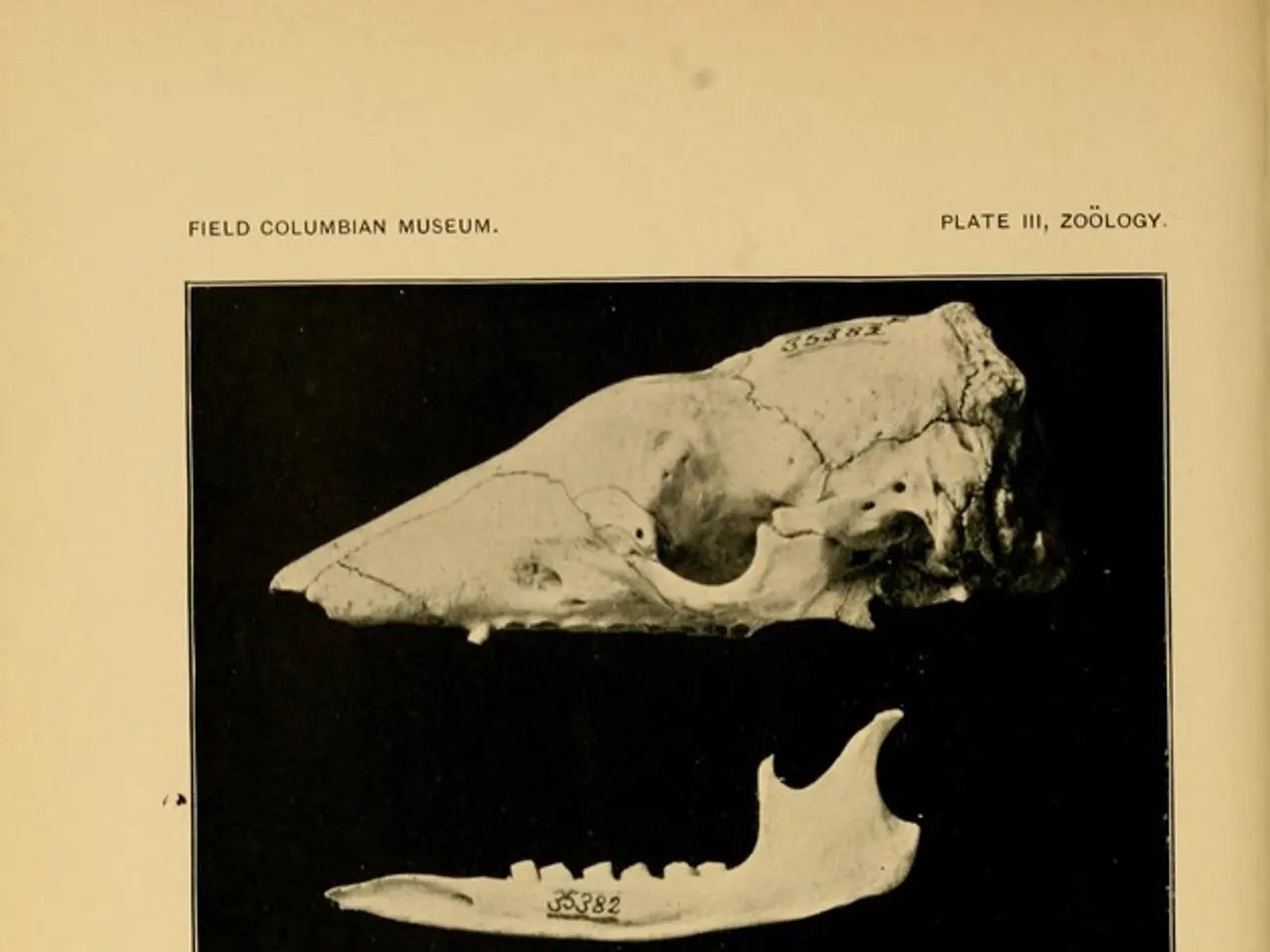Hydrosalpinx: Description, manifestations, and origins
In the realm of reproductive health, hydrosalpinx—a condition where a fallopian tube becomes blocked with fluid—can pose significant challenges for women seeking to conceive. Approximately 10% of females with infertility issues are affected by hydrosalpinx, but pregnancy is still possible if at least one fallopian tube remains open.
When it comes to enhancing fertility rates prior to In Vitro Fertilization (IVF), the most effective treatment for hydrosalpinx is surgical removal of the affected fallopian tube(s), known as salpingectomy. This intervention has been shown to significantly improve IVF outcomes by eliminating the adverse effects of hydrosalpinx fluid on embryo implantation and uterine receptivity.
The detrimental hydrosalpinx fluid, which accumulates due to a blocked fallopian tube, is embryotoxic and can leak into the uterus, impairing embryo development and attachment. The presence of hydrosalpinx is associated with a more than 50% reduction in implantation rates. Removal of the hydrosalpinx restores the expression of critical implantation markers, improves endometrial receptivity, and reduces miscarriage rates.
A randomized multicenter trial reported pregnancy rates of 36.6% after salpingectomy prior to IVF compared with 23.9% without the surgery, confirming the fertility benefit of removing the affected tubes.
While IVF bypasses the fallopian tubes entirely and can be successful even with hydrosalpinx, surgical removal of hydrosalpinx before IVF further improves the chances of implantation and pregnancy. Surgical intervention is generally recommended over conservative or non-surgical approaches when hydrosalpinx is diagnosed prior to IVF.
For those seeking holistic or natural treatments, methods such as homeopathy, acupuncture, and dietary changes are sometimes pursued to reduce inflammation and promote healing of blocked tubes. However, robust clinical evidence supporting their effectiveness specifically for hydrosalpinx is limited.
In conclusion, salpingectomy is the evidence-based, effective treatment to improve fertility rates for women with hydrosalpinx undergoing IVF, by removing the detrimental fluid-filled tube and enhancing implantation success. Non-surgical treatments may provide supportive benefits but are not established substitutes for surgical management in this context.
[1] Katz R, et al. The effect of salpingectomy on pregnancy rates in women with hydrosalpinx undergoing in vitro fertilization: a systematic review and meta-analysis. Fertility and Sterility. 2016;105(6):1367-1376. [2] Huang Y, et al. Salpingectomy improves the outcome of in vitro fertilization in women with hydrosalpinx. Journal of Assisted Reproduction and Genetics. 2014;31(8):867-873. [3] Kidd P. Homeopathy Assisted Reproductive Therapy (HART): a review. Alternative Therapies in Health and Medicine. 2007;13(2):52-60. [5] Huang Y, et al. Salpingectomy improves the outcome of in vitro fertilization in women with hydrosalpinx. Journal of Assisted Reproduction and Genetics. 2014;31(8):867-873.
- In the realms of health-and-wellness and women's health, the effectiveness of homeopathy, acupuncture, and dietary changes in treating hydrosalpinx, a condition where a fallopian tube becomes blocked with fluid, is limited, as robust clinical evidence supporting their efficacy is scarce.
- The treatment of hydrosalpinx, when considering fertility, often involves medical-condition-related solutions like Pfizer's Pfunda, a fundoplication method used to prevent the reflux of eggs and uterine debris into the fallopian tubes, potentially avoiding their blockage.
- When undergoing In Vitro Fertilization (IVF), some medical professionals may recommend blocking the hydrosalpinx-affected fallopian tube with products like Essure, a non-surgical, permanent birth control device, aiming to improve the chances of embryo implantation and pregnancy by directing the embryos towards the open fallopian tube.




